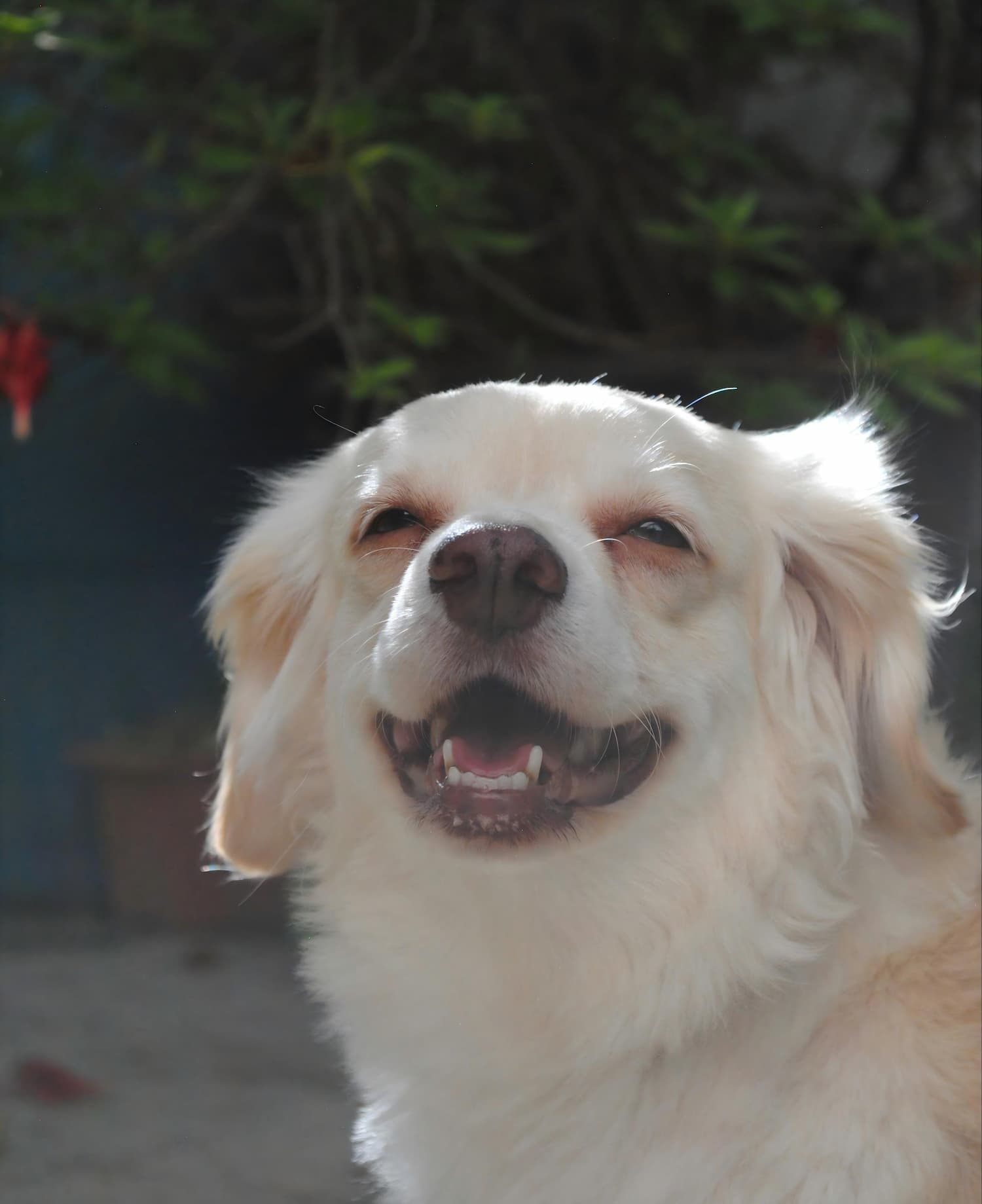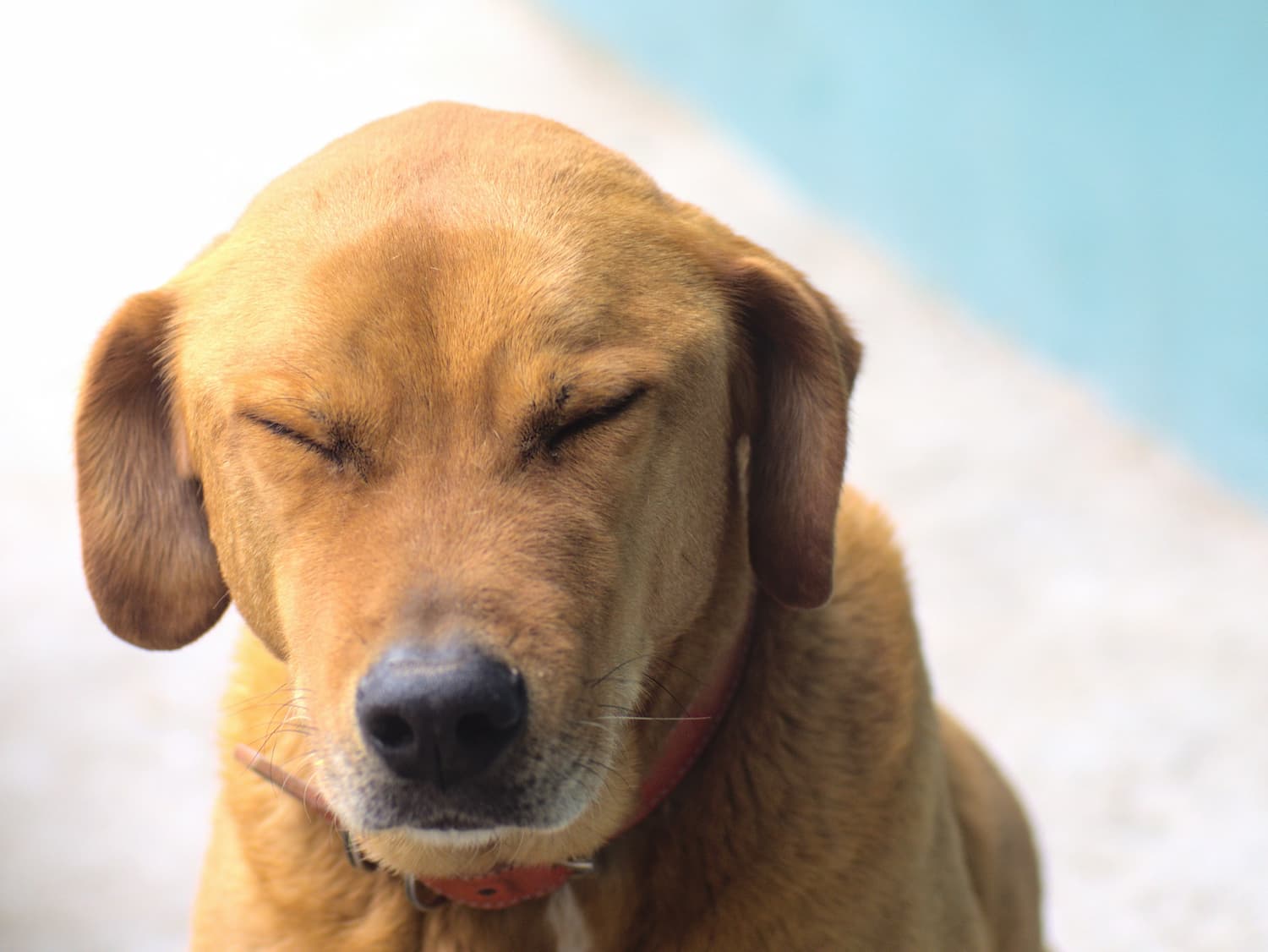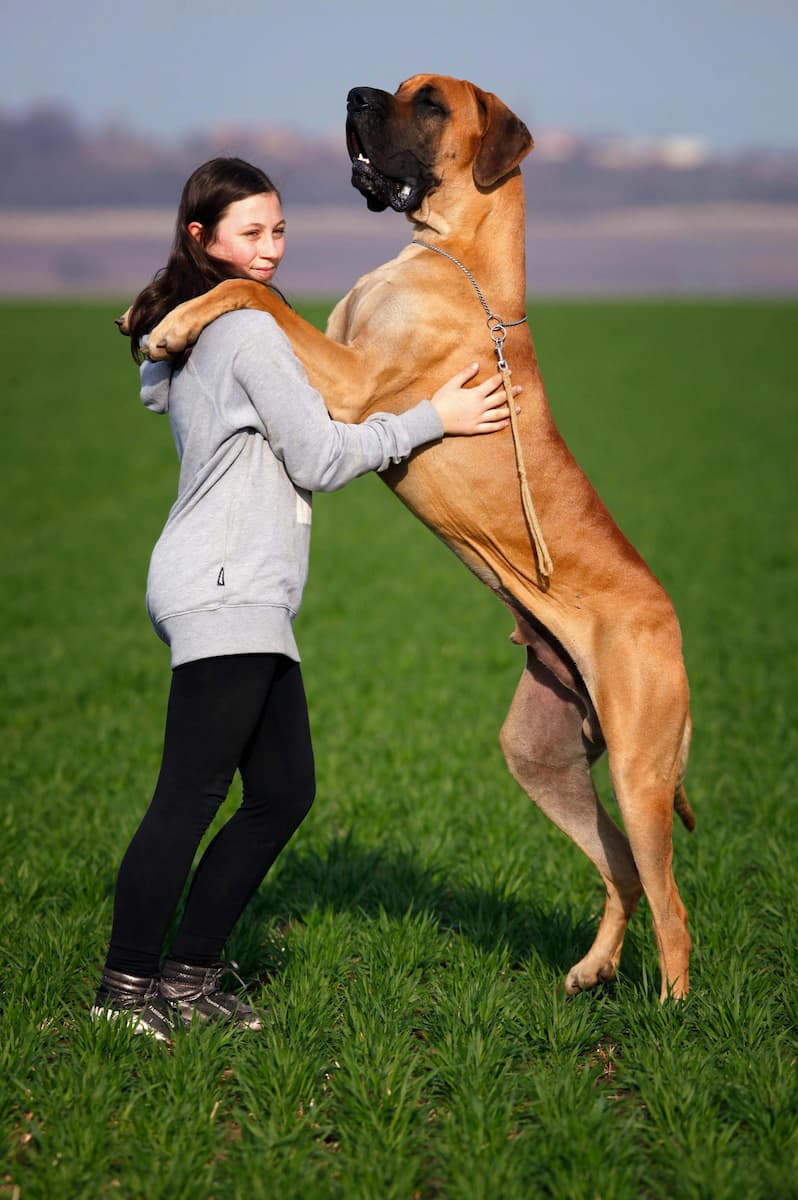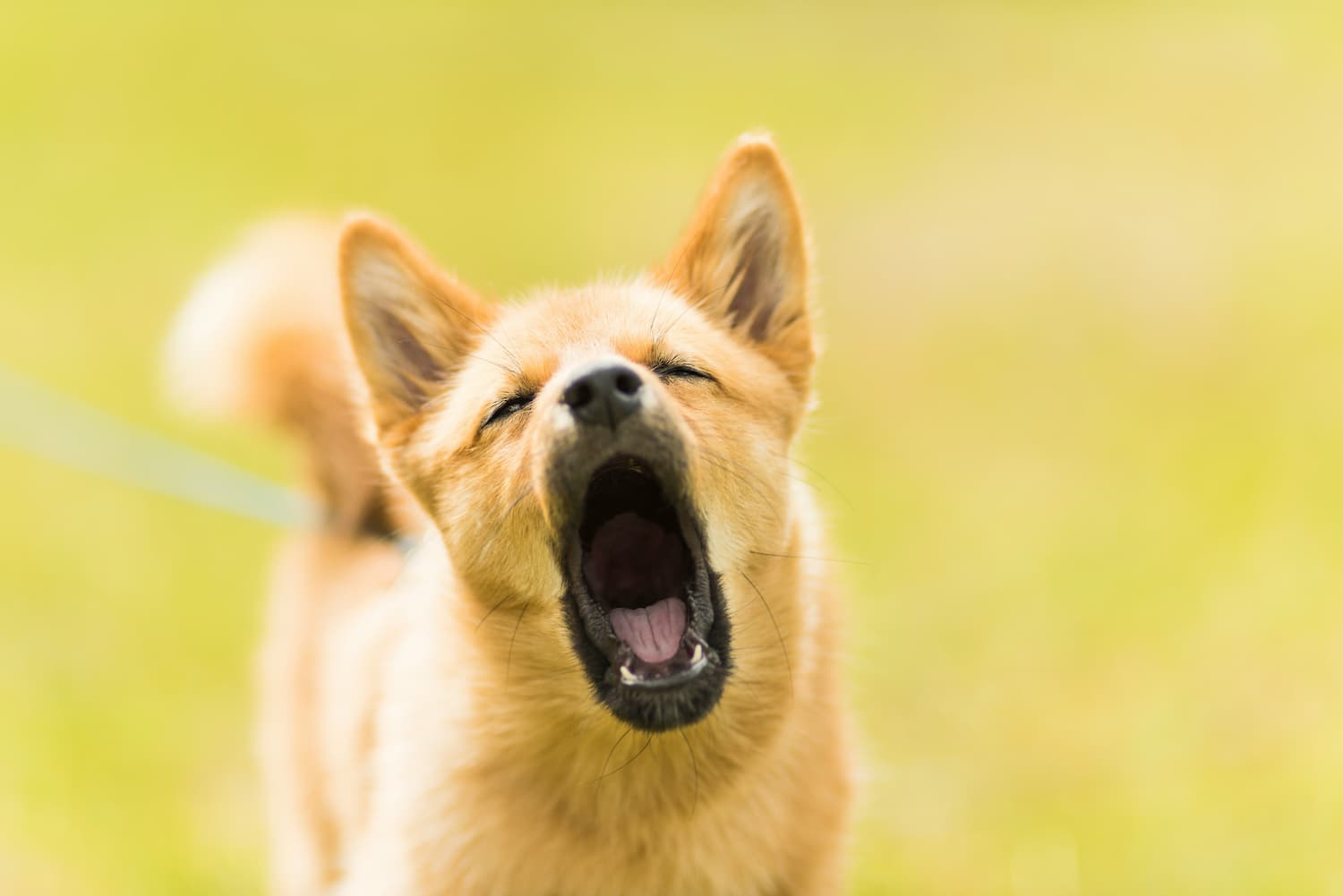Dogs love to greet their owners by jumping on people with excitement. But sometimes after a play session or even while resting, you might notice your dog suddenly narrowing or closing its eyes. This unexpected dog squinting can puzzle and worry owners: is your pet in pain, or just being content? In this article we’ll explore what causes dog squinting (including dog closing eyes or dog squinting one eye), what you can do about it, and how to prevent it – helping keep your pup safe and comfortable.
Why Is My Dog Squinting?
Dog squinting can have many causes, ranging from normal communication to serious eye issues. Sometimes a gentle squint is just a happy signal – for example, dogs often close or narrow their eyes when relaxed or affectionate. However, persistent or forceful squinting usually means discomfort. Any dog with an eye injury or irritation will likely hold the eye partly closed. The most common medical causes include:
In many cases, squinting is indeed a sign of pain or irritation. Veterinary sources emphasize that any sudden or one-sided squint usually means “a significant injury or problem”. But context matters: if your dog has a soft, relaxed squint while you gently pet them, it may simply be contentment. Always note your dog’s full body language – tail, ears, and behavior – to interpret the squint correctly.
What to Do If Your Dog Is Squinting?
If you notice your dog squinting or holding an eye closed, follow these steps:
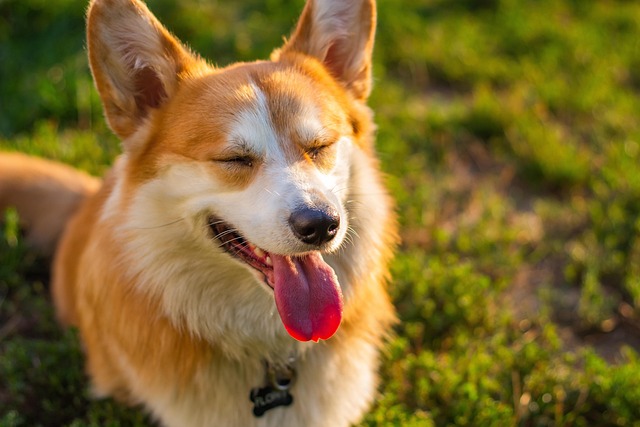
Prevention of Squinting
You can reduce the chances your dog develops eye problems that lead to squinting by taking preventive steps:
Conclusion
In summary, dog squinting can be either a benign sign or a warning. A relaxed squint accompanied by soft body language often means your dog is happy and at ease. However, if a squint is persistent, sudden, or accompanied by pain signs (redness, discharge, pawing), it usually indicates an eye problem that needs attention. Always monitor your dog’s eyes, keep them clean and protected, and when in doubt, consult your veterinarian. With informed care and timely action, you can keep your dog’s eyes healthy – so those cute squinty “smiles” stay a joyful expression rather than a symptom of trouble.
FAQ
Do dogs squint when they’re in pain?
Yes, dogs often squint when they have pain or discomfort in the eye. Veterinarians warn that a dog holding an eye closed or squinting usually means something is hurting or irritating the eye. For instance, corneal ulcers and other injuries are extremely painful, and the dog will reflexively keep the eye partly shut to reduce the pain. That said, not all squinting is pain-related – context and other signs (like drooling or fearful posture) help determine if it’s distress.
When should I take my dog to the vet for squinting?
Any prolonged or severe squinting warrants a vet visit. If your dog’s eye remains closed or narrow for more than a day, if there is noticeable redness, swelling, cloudiness, or bloody/mucous discharge, you should see a veterinarian promptly. In fact, experts advise erring on the side of caution: conditions like glaucoma or uveitis can worsen quickly. In general, if simple home care (like gentle flushing) doesn’t improve the squint by the next day, make an appointment. If at any point your dog seems very uncomfortable, is pawing at the eye, or avoids light, treat it as an emergency.
Are dogs happy when they squint?
Often, yes – if the squint is relaxed and gentle. Dogs frequently squint during happy, calm moments as a form of bonding or contentment. It’s similar to a human giving a warm smile. For example, many dogs will squint in affection when you pet them or after a satisfying meal. A squint paired with soft ears, a wagging tail, and an overall relaxed posture usually means your dog is just enjoying the moment. Always consider the full body language: if your dog looks relaxed and the eyes are narrowing subtly, it’s likely a sign of trust and affection.

